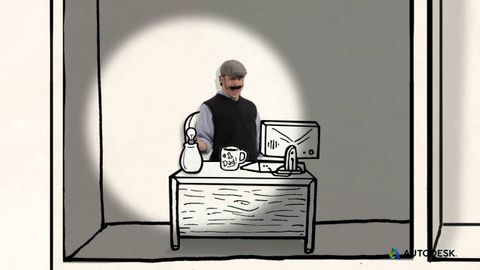
Subtitles & vocabulary
Sustainable Lighting Design With Daylighting, Efficient Lights, & Lighting Controls
00
Heidi posted on 2016/11/11Save
Video vocabulary
strategy
US /ˈstrætədʒi/
・
UK /'strætədʒɪ/
- Noun (Countable/Uncountable)
- Careful plan or method for achieving a goal
- Branch of military dealing with command
A2TOEIC
More achieve
US /əˈtʃiv/
・
UK /ə'tʃi:v/
- Transitive Verb
- To succeed in doing good, usually by working hard
- To succeed in reaching a particular goal, status, or standard, often after effort or perseverance.
A2TOEIC
More measure
US /ˈmɛʒɚ/
・
UK /ˈmeʒə(r)/
- Noun (Countable/Uncountable)
- Plan to achieve a desired result
- Tool used to calculate the size of something
- Transitive Verb
- To determine the value or importance of something
- To calculate size, weight or temperature of
A1TOEIC
More task
US /tæsk/
・
UK /tɑ:sk/
- Noun (Countable/Uncountable)
- Big or small piece of work someone has to do
- Transitive Verb
- To be given something to do, e.g. wash dishes
A2TOEIC
More Use Energy
Unlock All Vocabulary
Unlock pronunciation, explanations, and filters
